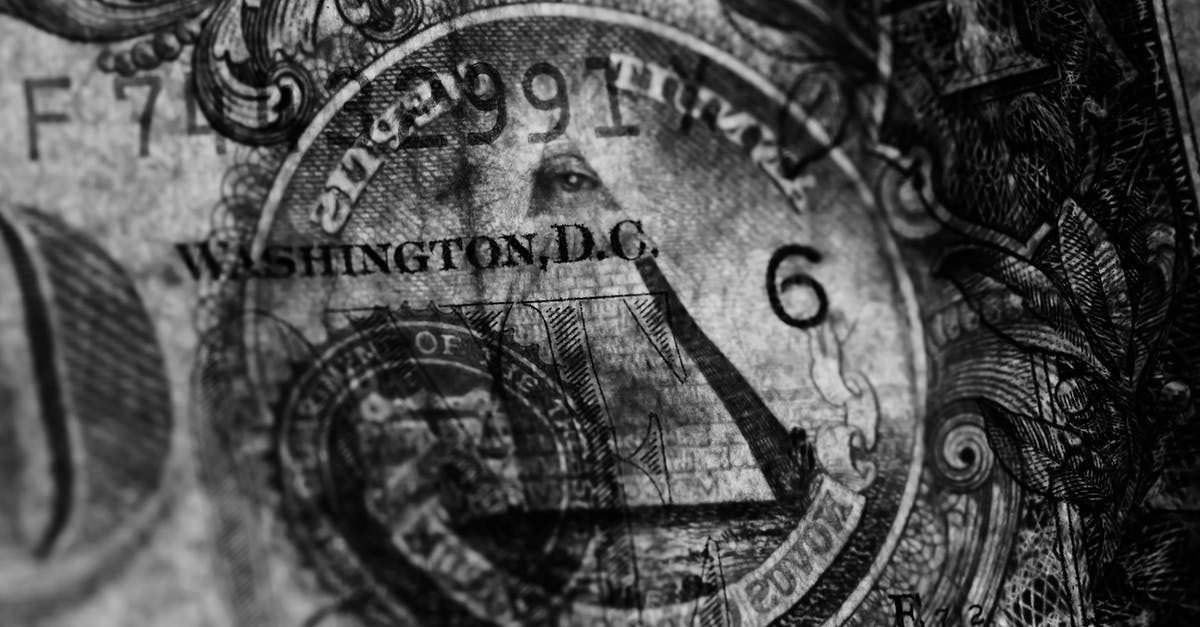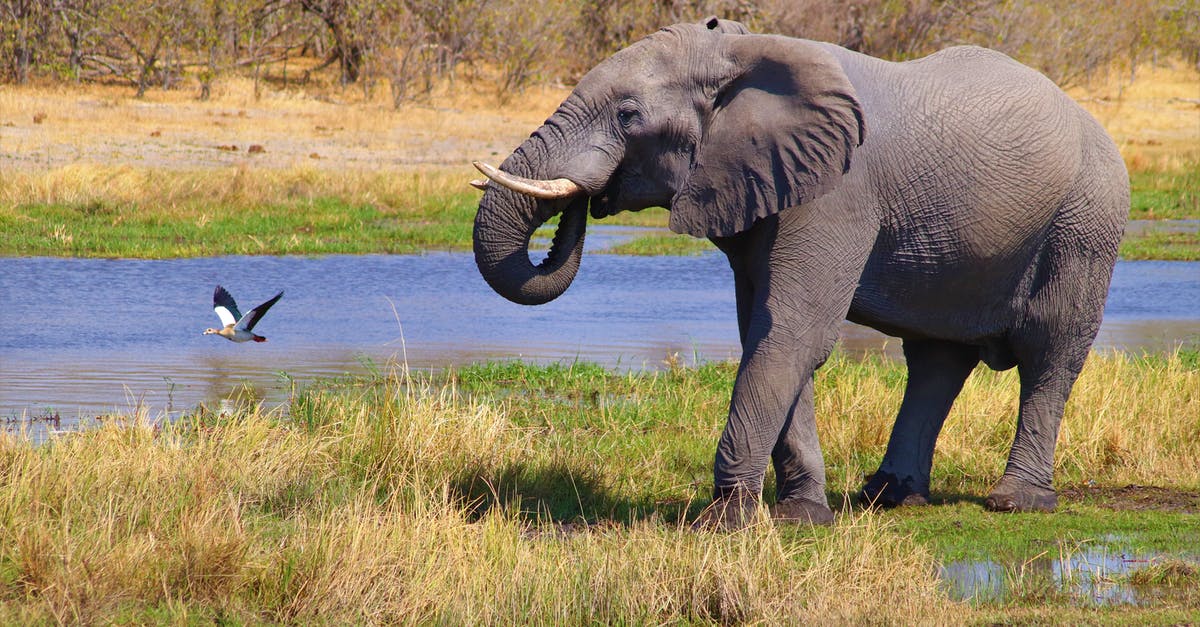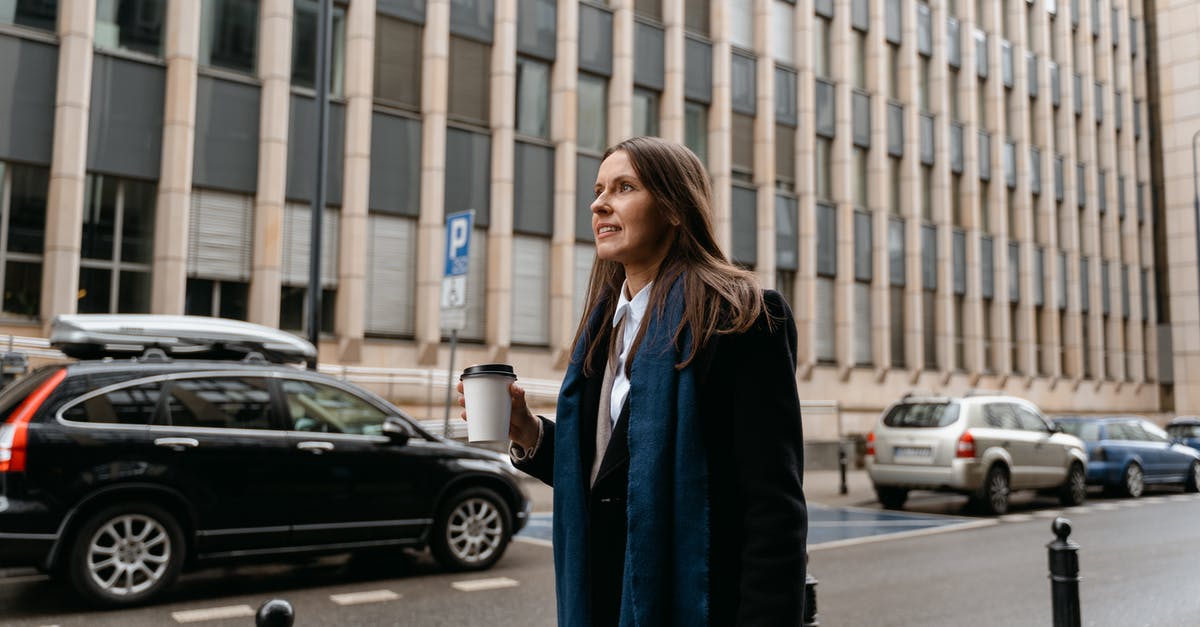How to divide large bank notes into smaller ones while traveling?

When traveling abroad I have noticed that usually the exchange rate is more favourable if I withdraw the cash from ATM at the destination. But getting money this way has always caused me some trouble since ATMs usually provide the cash in form of large bank notes.
Those large bank notes are usually not accepted by automatic vending machines (e.g. ticket machine) and small shops. It is possible but not always practical to ask locals for change, sometimes people just don't carry that much cash with them. I know that large shops will most likely accept the large bank notes but I will have to make some unnecessary purchase of overpriced goods. And personally, I think that carrying many small bank notes is safer than a few large bank notes.
Are there any good ways to change the large bank notes I get from the ATM to the smaller bank notes?
Best Answer
Some strategies:
Take less out of the ATM. It may dispense different denominations and give you smaller notes if you only ask for a little money. This, of course, may backfire on you if you have to pay an ATM fee, since the fixed fee will add up to a higher percentage of the money taken out. But if you have a free ATM (or one where only a percentage-based foreign transaction fee applies), it's a worthwhile strategy.
Similarly, if you know what denominations the ATM dispenses (if it offers multiple denominations), you can be strategic when deciding how much to withdrawal to force it to give you at least some smaller bills. It's not always easy to know what foreign ATMs give out though.
Larger, higher-end hotels can often make change at the front desk or restaurant (in part because people need change to tip the hotel staff). This is intended for their guests, though they may be accommodating if you walk up to the front desk and generally look like you could be a guest.
There may be a staffed ticket window (for trains or public transit) that can accommodate larger bills than the ticket machines. Alternatively, pay for your tickets with a credit card.
You don't need to make an unnecessary purchase of overpriced goods to get change. Some shops may be willing to make change without a purchase (though often not), but you can always buy an inexpensive beverage, pack of gum, or a small snack and pay for it with a large bill. This gives you change and something refreshing or tasty. If you ask the clerk to change another bill at this time (before he/she has the register open), they may be able to accommodate you.
Grab a drink at a bar. You get a delicious drink and your change. If the bartender expects a tip, he/she will make sure you get small bills back as part of that.
Try at a bank. Whether banks will make change for non-customers will depend on the country and bank policy. You may have better luck if you tell the bank you just got the money from their ATM.
If you've been there before, bring some small notes home and bring them back next time. This can be a useful strategy for a currency you don't mind holding and are likely to use again, less so for an unstable currency or one from a place you're unlikely to return.
As you travel, you can keep an eye on your small bill supply and ensure it is topped up by using larger notes even when you have smaller ones available. This means you primarily only have to really worry about this problem at the very beginning of your trip.
Pictures about "How to divide large bank notes into smaller ones while traveling?"



Where can I exchange money for smaller bills?
Several options:- Banks - ask in the branches near to you if any of them would do that. ...
- Check cashing places - they're everywhere, and they carry large denomination bills. ...
- Money orders - if you don't want to give a personal check, buy a money order at the post office, and dump the cash on them.
How can I make my ATM Bill smaller?
Many banks have upgraded their ATMs to give out lower and higher denominations. For example, Chase and PNC have a new generation of ATMs that dispense bills as low as $1 and $5. Even if you have a dollar to your name, you can take it! Chase and Bank of America ATMs give out large bills.How do you travel with money?
5 Tips to Travel Safely With MoneyWhat is the best way to pay for things in Europe?
key takeawaysHow to Book Multiple Flights on One Trip with Long Layovers for Maximum Savings
More answers regarding how to divide large bank notes into smaller ones while traveling?
Answer 2
Some ATM's in Western Europe ask you what denomination you prefer. If that is not the case, I usually try to do some mental arithmetic and withdraw an amount which cannot easily be factored by whatever large denominations exist in the foreign country. Say, for example, you are in the Euro Zone and want to avoid €50 notes. You can withdraw an amount that cannot easily be factored by €50. Federico Poloni gives a practical example here for Euros:
Example: most European ATMs give out 20 and 50 Euro notes. Withdraw amounts ending in 80 or 30 (such as 80, 130, 180, 230, 280... Euros) to ensure you have at least four 20E notes.
Obviously, withdrawing say €80 can result in various combinations, including €50 + €20 + €10. This method is therefore not bulletproof, although it ensures that you will get a combination of denominations, including small bills.
Answer 3
In Japan, Japan Post Bank ATMs give 1,000 and 10,000 yen bills only. You can request arbitrary amounts of each, and the bills to be dispensed are displayed for confirmation before the transaction is complete.
The easiest way to request 1,000 yen bills when withdrawing an amount which is a multiple of 10,000 is to use the ? (1,000) button instead of or in addition to the ? (10,000) one. For example if I want to withdraw 10,000 yen as ten 1,000 yen bills, I type ??? instead of ??. Likewise, if I want to withdraw 40,000 yen as two 10,000s and twenty 1,000s, I type ?????.
Answer 4
Small shops are usually reluctant to take large notes at the beginning of the day, because they start with a limited amount of cash to make the change. Once they've had a few customers, they usually have enough money in the cash register to accommodate you.
So, if you have troubles paying a shop with a large note, you should simply try again later, sometimes just letting a few people make their purchases ahead of you. Asking the shop by what time they expect to have enough change also helps.
If you want to make purchases in vending machines, simply look around: there might be a special terminal which makes the change. Those are installed together with vending machines to improve the sales.
Answer 5
I try to pay for each purchase using only the next larger denomination. That way I end up with plenty of change.
Paying for a 1200 rupee hotel? Use 2x 1000 rupee notes.
Paying for a 120 rupee taxi? Use a 500 rupee note.
Paying for a 15 rupee bottle of water? Use a 20 rupee note.
Sources: Stack Exchange - This article follows the attribution requirements of Stack Exchange and is licensed under CC BY-SA 3.0.
Images: Rūdolfs Klintsons, Roger Brown, MART PRODUCTION, MART PRODUCTION
